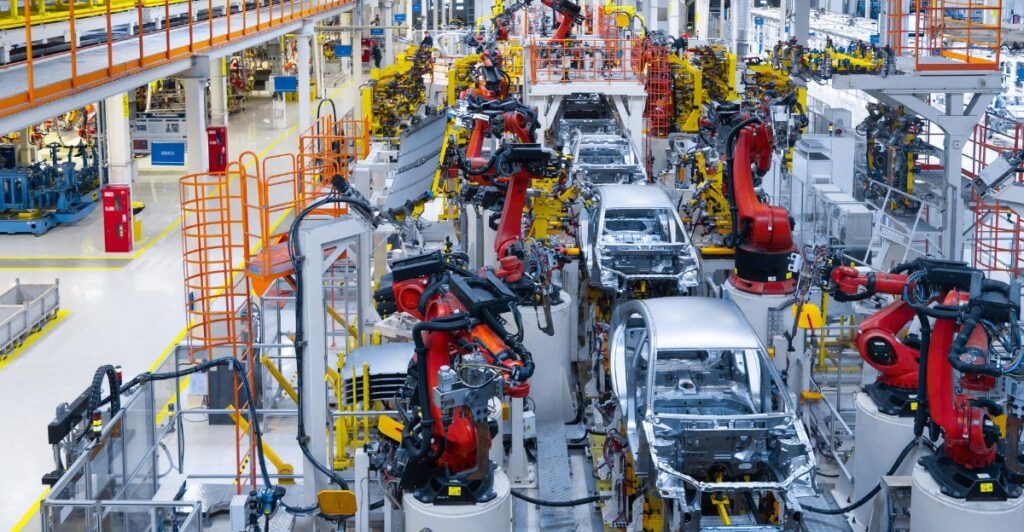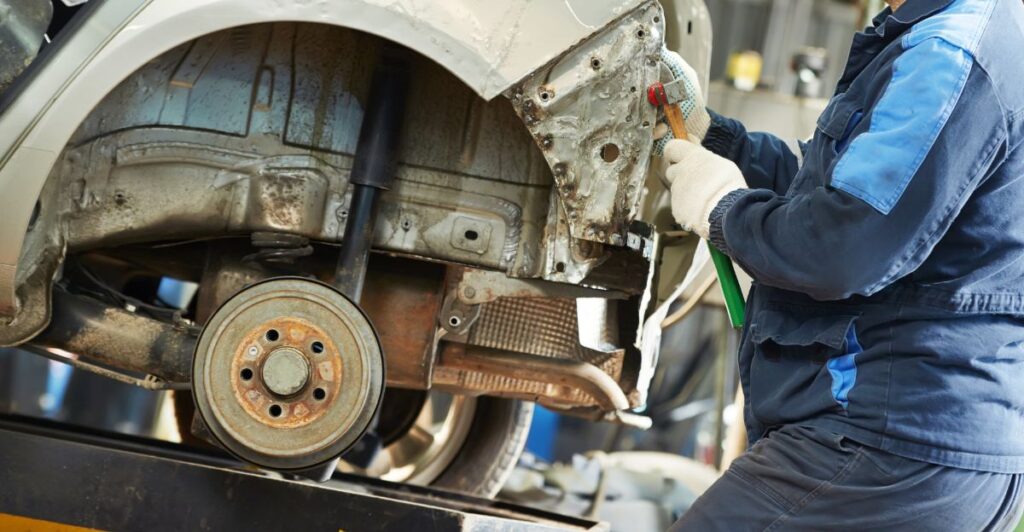
With recent tariffs introduced, many industries are facing difficulties as prices increase across the board. The auto industry is no exception, with cars and car parts imported from other countries into the United States getting a 25% tariff.
This includes many essential parts made in other countries, such as engines and electronics. Part of the reason for these tariffs could be to encourage businesses to confine the entire manufacturing process within the U.S., creating less dependence on other nations.
However, since the auto industry has been built in a way that facilitate global cooperation in manufacturing, these impacts will be harsh.
Why The Tariffs?

The official reasoning that the government has given for the tariffs are to protect American manufacturing jobs and reduce the reliance on foreign countries for materials and parts.
An argument can be made that if imported vehicles are more expensive, then people will be more likely to buy American-made vehicles, which will boost the local economy.
However, many argue that tariffs could easily backfire and rather than boosting U.S. manufacturing, it could will result in higher prices, fewer jobs, and problems in supply chains. For many businesses in the automotive industry, a pivot may have to be made, but with so much existing infrastructure and investment in foreign land, this may be difficult.
Car Manufacturing Is Dependent On Supply Chains

Many car manufacturers around the world rely on global supply chains as to build just one car, parts may be imported from a variety of different countries.
Even “American” cars that are manufactured in the U.S. get their components from places outside their borders like Canada, Mexico, Japan, and Europe. Engines, electronics, and steel sheets pass through many countries before they all arrive together to be built into a vehicle.
With many parts being taxed, even local car manufacturers are facing higher costs overall. The tariffs are inescapable for car manufacturers, which means things could change sooner than we think.
How Will Prices Be Impacted?

Car prices have already risen to historically high costs, with the average of new vehicles costing around $50,000 in 2024.
A 25% tariff on this industry would almost certainly affect consumers, costing an estimate of anywhere from $3000 to $10,000 more. This price increase wholly depends on how much of the car is built from imported parts.
Even cars that are assembled in America will be caught up in the tariffs, as nearly all cars have some important components.
Implications For Used Cars

Many may look at these price hikes and look for solutions, such as going to the used car market. However, if many people flock to used cars, then the demand and price for these will increase as well.
Repairs needed on even old cars may increase due to many replacement parts originating in other countries before being imported over.
This means that all round, car owners will be facing increasing costs with the increased tariffs. Insurance may also go up as repair bills become more expensive, forcing premiums up.
How Jobs Will Be Affected

With the auto industry in America being so large, it’s no surprise that millions of jobs across all states are supported by it.
From factory workers who assemble cars to dealership employees and even part suppliers, these people depend on these jobs for their livelihoods. If prices skyrocket, then sales may lower, and companies may have to reprioritize assets and consider mass layoffs or closures.
Certain Automakers have already paused their production or exports due to these tariffs. With so many jobs relating to the auto industry, there are huge implications for many American jobs throughout the U.S.
How Other Countries Will React

These tariffs won’t only affect Americans, and countries that depend on the export of millions of cars to the United States each year will also be caught in these taxes.
The tariff means that countries like Canada, Mexico, Japan, and Germany will have to increase the price of their products, which will make them less competitively viable compared to American products.
Some countries have already warned of imposing their own tariffs on America in retaliation. This tit-for-tat trade conflict could escalate, affecting millions of people as a result.
Does Anyone Win?

A question on many people’s minds is if anyone is actually benefitting from this. While some smaller American suppliers that operate locally may gain short-term traction as manufacturers look for cheaper alternatives inside the U.S., these benefits won’t likely last.
If overall car sales decline due to increased prices, then even these local companies would be less relevant with an overall lower demand for car parts.
The auto industry as a whole is at risk of rapidly shrinking, putting millions of jobs in jeopardy and offering fewer options for consumers in the long run.
How Long Until The Consequences Are Apparent?

Many people in the auto industry have said it only has weeks to live, and will the consequences of the tariffs will become apparent. With the tariffs taking affect in early April, there has already been significant disruptions that caught the whole industry off guard.
Car imports from many manufacturers have already halted sending over their cars to the U.S. Popular brands like Landrover, Jaguar, and Volkswagon have stopped shipping their vehicles from Europe to Mexico.
Stellantis has shut down all manufacturing in Mexico and Canada, which has already meant that 900 workers in Michigan and Indiana plants have been laid off.
The Future Of The Auto Industry

If the tariffs remain, then the auto industry could face serious disruptions in not just the weeks that follow, but for the coming years.
More jobs may be lost as production lines are cut and American workers lose their ties to foreign companies that operate within the U.S. These risks don’t seem to outweigh the potential benefits of the tariffs, and without adjustments, the U.S. could weaken the auto industry as a whole.
For both consumers and workers affected by these tariffs, the future could be very challenging.
Discover more trending stories and Follow us to keep inspiration flowing to your feed!

Craving more home and lifestyle inspiration? Hit Follow to keep the creativity flowing, and let us know your thoughts in the comments below!
